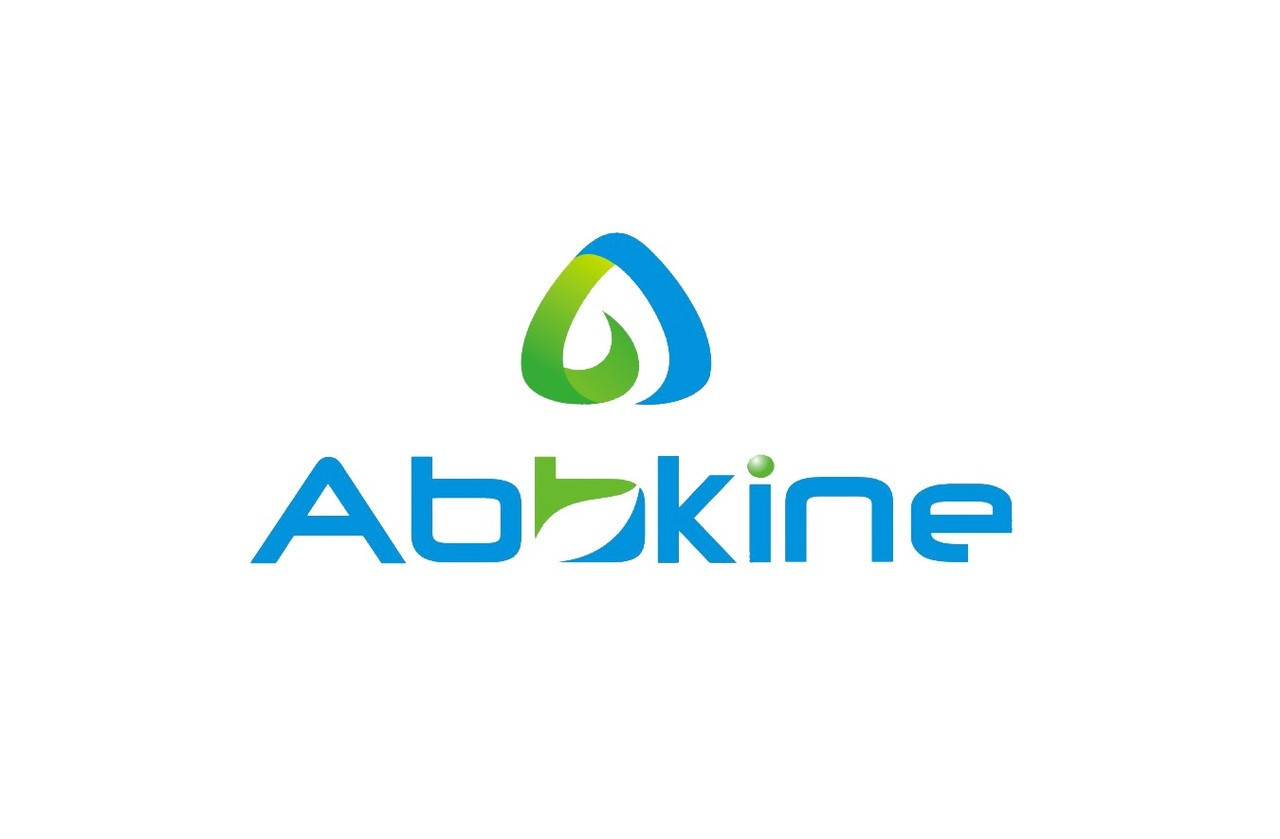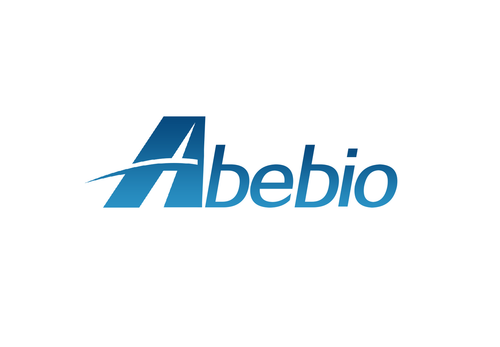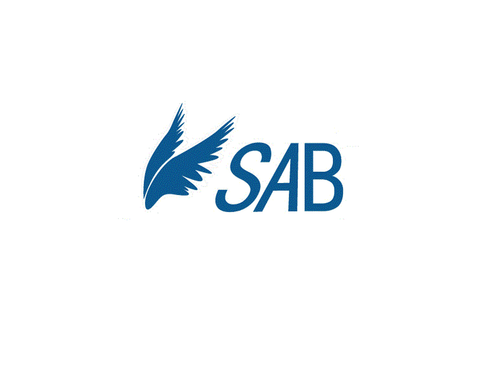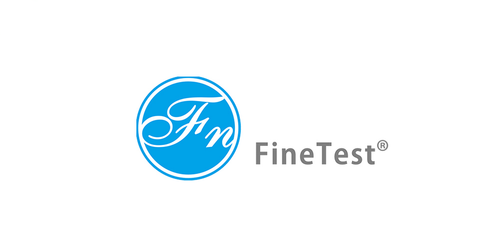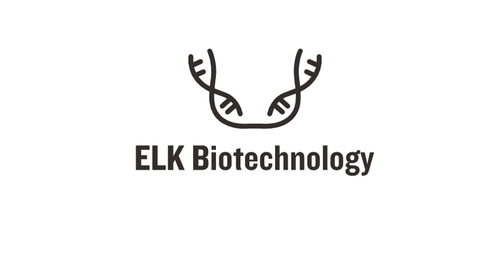Product Description
Mouse Group IID secretory phospholipase A2 (PLA2G2D) ELISA Kit | KTE70741 | Abbkine
Application: This Mouse Group IID secretory phospholipase A2 (PLA2G2D) ELISA Kit employs a two-site sandwich ELISA to quantitate PLA2G2D in samples. An antibody specific for PLA2G2D has been pre-coated onto a microplate. Standards and samples are pipetted into the wells and anyPLA2G2D present is bound by the immobilized antibody. After removing any unbound substances, a biotin-conjugated antibody specific for PLA2G2D is added to the wells. After washing, Streptavidin conjugated Horseradish Peroxidase (HRP) is added to the wells. Following a wash to remove any unbound avidin-enzyme reagent, a substrate solution is added to the wells and color develops in proportion to the amount of PLA2G2D bound in the initial step. The color development is stopped and the intensity of the color is measured.
Detection Method: Colorimetric
Conjugate: N/A
Sample Type: Cell culture supernatants#Serum#Plasma#Other biological fluids
Assay Type: Multiple steps standard sandwich ELISA assay with a working time of 3-5 hours. It depends on the experience of the operation person.
Kit Component: • Mouse Group IID secretory phospholipase A2 microplate
• Mouse Group IID secretory phospholipase A2 standard
• Mouse Group IID secretory phospholipase A2 detect antibody
• Streptavidin-HRP
• Standard diluent
• Assay buffer
• HRP substrate
• Stop solution
• Wash buffer
• Plate covers
Features & Benefits: Mouse Group IID secretory phospholipase A2 (PLA2G2D) ELISA Kit has high sensitivity and excellent specificity for detection of Mouse PLA2G2D. No significant cross-reactivity or interference between Mouse PLA2G2D and analogues was observed.
Calibration Range: Please inquire
Limit Of Detection: Please inquire
Usage Note: • Do not mix components from different kit lots or use reagents beyond the kit expiration date.
• Allow all reagents to warm to room temperature for at least 30 minutes before opening.
• Pre-rinse the pipet tip with reagent, use fresh pipet tips for each sample, standard and reagent to avoid contamination.
• Unused wells must be kept desiccated at 4 °C in the sealed bag provided.
• Mix Thoroughly is very important for the result. It is recommended using low frequency oscillator or slight hand shaking every 10 minutes.
• It is recommended that all samples and standards be assayed in duplicate or triplicate.
Storage Instruction: The unopened kit should be stored at 2 - 8°C. After opening, please store refer to protocols.
Shipping: Gel pack with blue ice.
Precaution The product listed herein is for research use only and is not intended for use in human or clinical diagnosis. Suggested applications of our products are not recommendations to use our products in violation of any patent or as a license. We cannot be responsible for patent infringements or other violations that may occur with the use of this product.
Background: PLA2G2D, The extracellular forms of phospholipases A2 have been isolated from different venoms (snake, bee, and wasp), from virtually every studied mammalian tissue (including pancreas and kidney) as well as from bacteria. They require Ca2+ for activity.Pancreatic PLA2 serve for the initial digestion of phospholipid compounds in dietary fat. Venom phospholipases help to immobilize prey by promoting cell lysis.Analysis of enzymatic activity detected most activity in culture supernatant and determined that PLA2G2D preferentially hydrolyzes phosphatidylglycerol and phosphatidylethanolamine, followed by phosphatidylcholine, but does not hydrolyze phosphatidylserine or phosphatidic acid. Northern blot analysis revealed variable expression of 2.0- and 1.0-kb transcripts, with highest expression in pancreas and spleen.
Alternative Names: PLA2G2D; UNQ768; SPLASH; sPLA2S; secretory phospholipase A2s
Search name: PLA2G2D; UNQ768; SPLASH; sPLA2S; secretory phospholipase A2s
Tag: PLA2G2D
 Euro
Euro
 USD
USD
 British Pound
British Pound
 NULL
NULL

